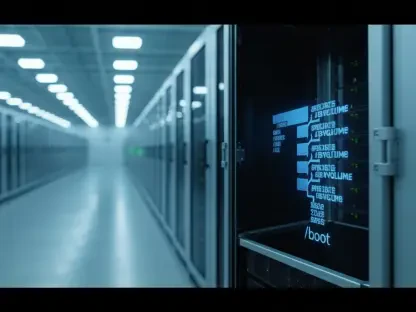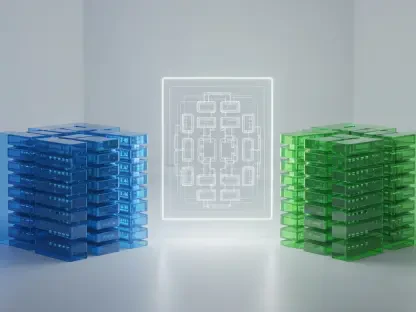The digital revolution has championed many skills, but is collaboration the underrated hero silently steering UX design toward unprecedented success? In creative industries teeming with innovation and technological prowess, teamwork emerges as a surprisingly undervalued catalyst for groundbreaking outcomes. A startling statistic reveals that misalignment in goals among UX teams accounts for a significant proportion of project failures. Consider this: A team navigates a complex UX challenge—one they were on the verge of abandoning—only to solve it through an unexpected collaboration between designers and engineers. This scenario elevates collaboration from a mere buzzword to an essential UX skill.
Unveiling the Significance of Collaboration
As remote work becomes commonplace and cross-functional teams redefine success, collaboration is no longer optional. Post-COVID, industry dynamics have shifted markedly, highlighting the necessity of effective teamwork. Current trends underline that the most innovative solutions emerge not from isolated efforts but from the tapestry of shared insights and diverse expertise. However, the misconception persists: the belief that technical prowess eclipses collaborative potential in UX design. Such an outlook risks undermining the integrative nature that modern UX challenges demand.
Understanding the Essence of Collaboration
The transition from cooperation to genuine collaboration is crucial within UX teams. While cooperation involves working independently with occasional check-ins, collaboration requires a holistic approach. It demands a deeper interaction among diverse stakeholders, such as engineers, product managers, and sales teams, driving the shared ownership of outcomes. For instance, in developing a fraud alert platform, cross-departmental collaboration led to solutions that harmonized technical frameworks with user needs, demonstrating collaboration’s transformative capability.
Expert Testimonies and Real-world Narratives
The UX industry’s trailblazers herald collaboration as an indisputable core of successful design processes. Renowned professionals recount overcoming significant hurdles by harnessing collaborative synergies. Anecdotes illuminate how projects that leveraged insights across roles—from design to tech support—often achieved unmatched success. Studies echo this sentiment, underscoring collaboration’s impact on fostering innovations that resonate with users and stakeholders alike, amplifying the role of collaboration in shaping contemporary UX landscapes.
Strategies for Cultivating a Collaborative Spirit
Embracing collaboration entails actionable strategies that resonate with design teams. One effective approach involves integrating feedback and insights from sales and tech support into the design process. Structured dialogues and active listening foster a shared commitment to the project’s goals. Implementing frameworks that emphasize co-ownership of outcomes can invigorate team relationships and spark dialogues that champion innovative, user-focused solutions. Each action contributes to nurturing a culture where collaboration is second nature rather than a forced exercise.
Moving Toward a Collaborative Future in UX
Reflecting on the revelations of modern UX dynamics, it becomes evident that collaboration has always formed the nucleus of robust design solutions. Forward-thinking teams that recognize this transformed their processes by embedding cross-functional perspectives into their fabric. Solutions that integrated diverse viewpoints resonated more deeply with stakeholders, spurring the evolution of products that meet comprehensive user needs. As the industry progresses, collaboration stands as the silent architect of optimized UX experiences, propelling design teams into a future ripe with possibility.









